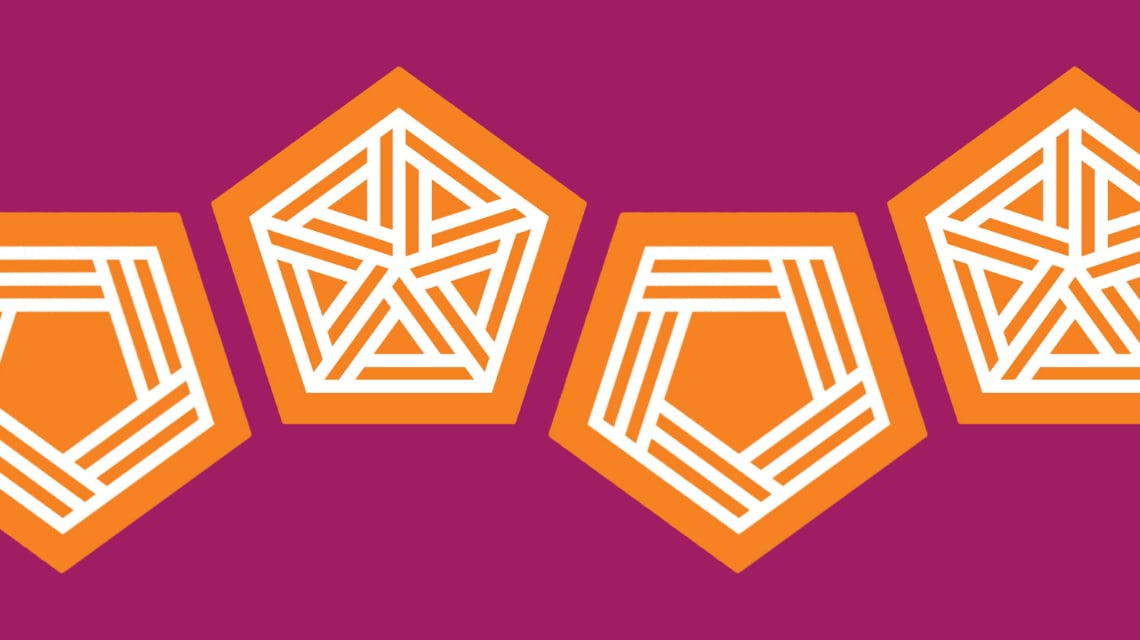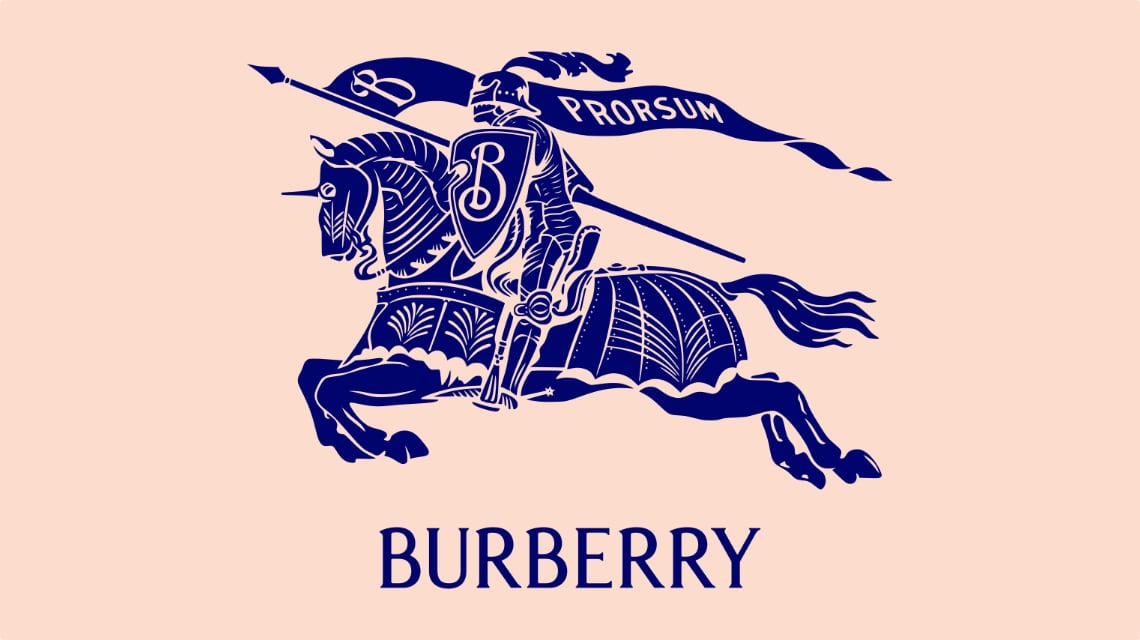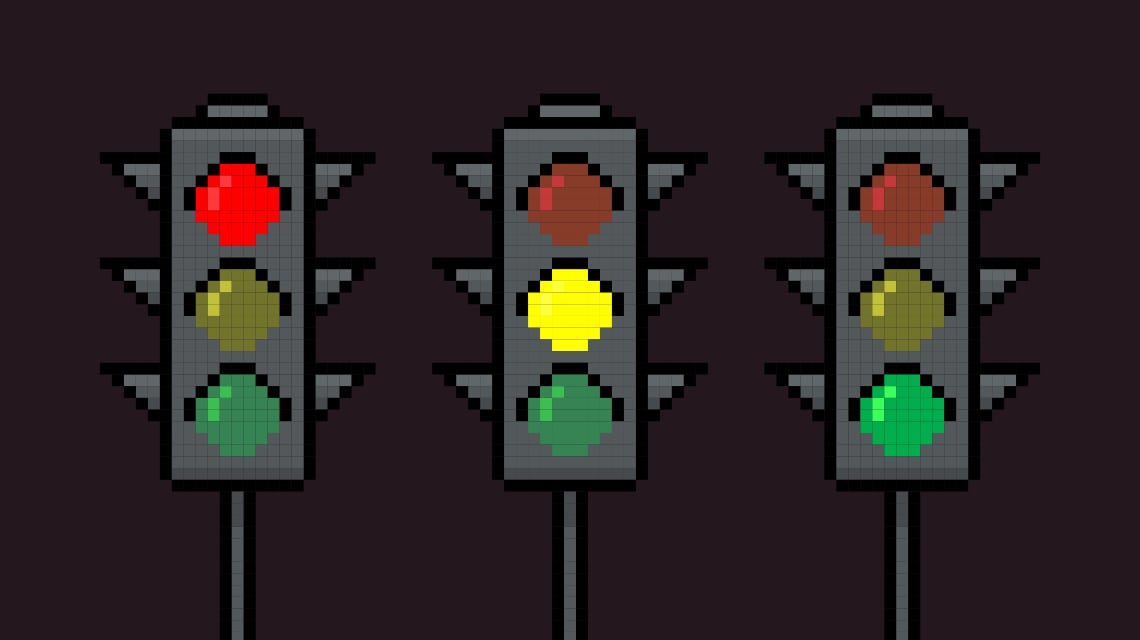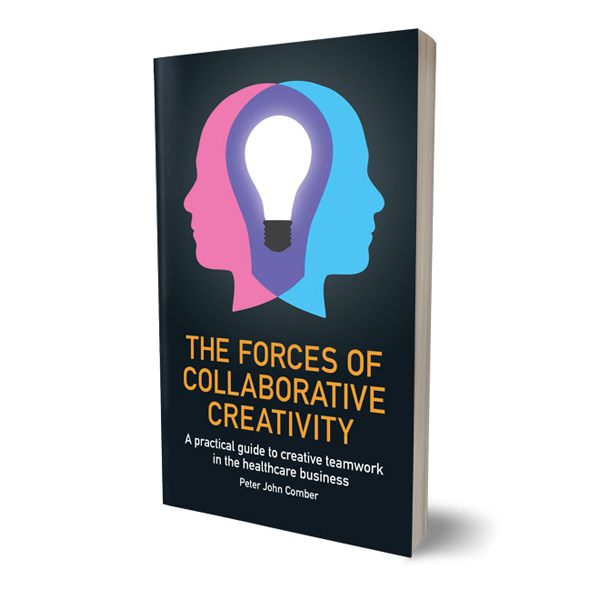The collective neocortex.
Aligning mental models improves collaboration performance.
A central idea in Jeff Hawkins’ book ‘A Thousand Brains: A New Theory of Intelligence’ is that our brains’ neocortex constantly builds a predictive model of the world. Everything we know, understand and believe is stored in an overall model comprised of thousands and thousands of specific models. Specific models describe concepts and our physical surroundings, for example: how objects look, feel, and sound; what they do; their location; what happens if we interact with them and how this makes us feel. The overall model and its specific models are created and continuously updated by everything we experience. If an experience is coherent with what our model predicts, it reinforces the model, while if the experience is different than expected, it refines the model. In short, everyone’s mind has a personal predictive model, based on personal experience, that defines their expectations of the world.
In Pica #008, I wrote, “… our experience of a brand becomes part of us. Our memories of the emotions a brand has given us become the emotions we expect from the brand.”
At the time, I was writing about the Coca-Cola formula change and how it was doomed because it ignored the accumulated brand experience - today, it seems to fit well with the concept of predictive models. We can easily imagine what a model of a cola drink might be: dark brown, fizzy, sweet, refreshing, cold, etc. It’s a generic model, almost universal, because it is based on physical characteristics that many people experience in a very similar way. But our neocortex also has models that represent high level, intangible concepts - like the Coca-Cola brand. Everyone has a personal working model of what Coca-Cola signifies and how important it is to them. Each individual’s model varies greatly because our personal experience of the Coca-Cola brand is unique. Someone with a strong, positive history of experience with Coca-Cola will have constructed a very strong predictive model, their expectation will even influence their experience
(see Pica #008) . Another person with a different experience of the Coca-Cola brand will have a different and possibly less robust predictive model.
Whether or not, as Hawkins proposes, the neocortex is a model-building and prediction-making machine, the concept of mental models remains an excellent basis for Collaborative Creativity exercises - building mental models is an effective exercise for enhancing empathy and cohesion in multidisciplinary teams. If people in an organisation have diverse mental models (of their brand, their customers and competitors), their predictions and consequently their actions will not be aligned. This will have a detrimental effect on the coherence and effectiveness of their work as a team and the brand they serve.
Imagine the combined intelligence of a team to be like a ‘collective neocortex’ that defines how that group understands their working environment and each other. If the models in their collective neocortex are badly defined or contain conflicting models, the ability of the group to work effectively is compromised. Collaborative Creativity fixes this, helping teams to establish robust collective models that pertain to their activity, increasing the performance of the team.
Because, as individuals, we constantly update our models in response to external changes and over time the composition of a team evolves, the collective neocortex requires periodic re-alignment. With Collaborative Creativity sessions, this can be achieved while also solving practical contingent needs. For example, a session that is designed to produce a tactical plan could begin with exercises that re-align the team's predictive model. These exercises would improve the quality and focus of the tactical plan while also increasing the ongoing ability of the team to act as a cohesive and agile unit.
How coherent do you think the models in your team’s collective neocortex are?





